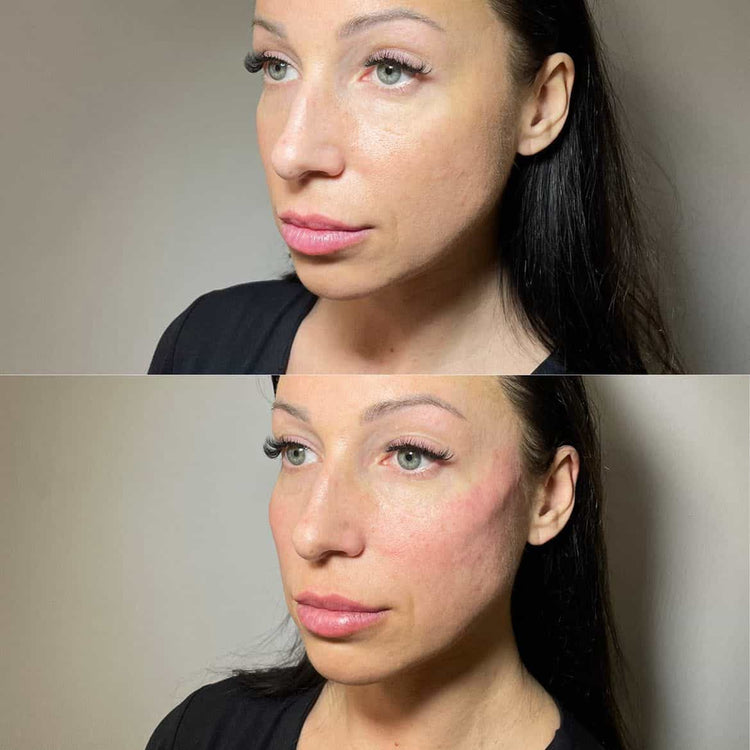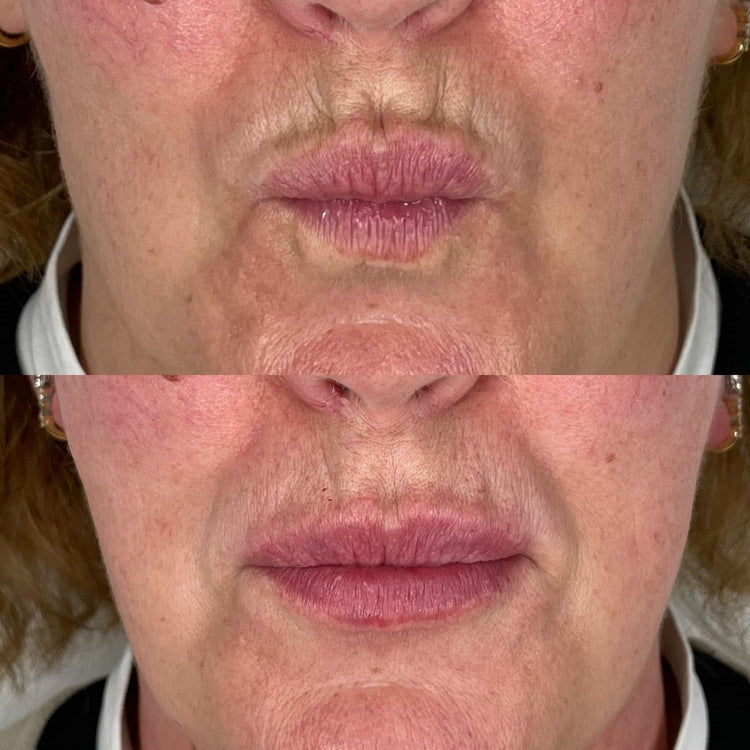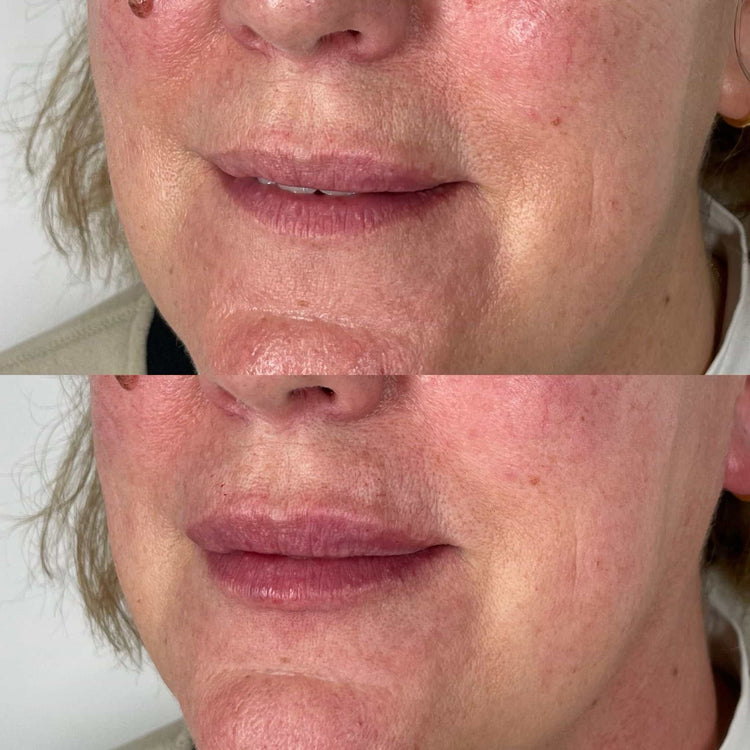Medical Treatment
Medical treatments are becoming increasingly common, offering solutions for various aesthetic and medical concerns. However, it’s crucial to be aware of potential risks and complications associated with these procedures.
Antihistamines
Dermal fillers are a popular cosmetic treatment used to enhance facial contours and volume. While generally safe, allergic reactions to dermal fillers can occur. These reactions range from mild skin irritation to severe anaphylactic shock.
Antihistamines are often the first line of treatment for mild allergic reactions to dermal fillers. They help block histamine, a chemical released by the body during an allergic response.

Oral antihistamines like cetirizine (Zyrtec) or loratadine (Claritin) can effectively alleviate itching, redness, and swelling associated with a mild reaction. In more severe cases, your doctor may prescribe a stronger antihistamine or administer it intravenously.
Corticosteroids
If you experience a severe allergic reaction to dermal fillers, it’s crucial to seek immediate medical attention.
Symptoms of a severe allergic reaction include:
- Difficulty breathing
- Swelling of the face, lips, or tongue
- Rapid heartbeat
- Dizziness or fainting
In these situations, corticosteroids may be administered to help reduce inflammation and suppress the immune response. Corticosteroids work by reducing the production of inflammatory chemicals in the body.

- Prednisone is a common oral corticosteroid used for allergic reactions.
- Intravenous corticosteroids, such as methylprednisolone (Medrol), may be given in more severe cases to provide faster action.
It’s important to note that corticosteroids can have potential side effects, so they should only be used under the guidance of a healthcare professional.

Adrenalin Injection (For Anaphylaxis)
In case of a severe allergic reaction, known as anaphylaxis, adrenaline (epinephrine) injection is the most crucial treatment. Adrenaline acts quickly to counteract the life-threatening symptoms associated with anaphylaxis.
Adrenaline works by constricting blood vessels, increasing heart rate and breathing, and reversing the effects of histamine, a chemical released during an allergic reaction.
It is administered via injection, typically into the thigh muscle.
Immediate administration of adrenaline can save a life in anaphylaxis. It is essential to have an adrenaline auto-injector (such as an EpiPen) on hand if you are prone to severe allergic reactions.
Learn about the benefits of non-surgical dermal filler treatments at It’s Me & You Clinic
- What Are The Benefits Of CBD Gummy Edibles For Energy Boost - May 23, 2025
- How To Treat Cold Sore After Lip Filler - May 22, 2025
- Nefertiti Neck Lift Treatment Near Worcester Park, Surrey - May 22, 2025
